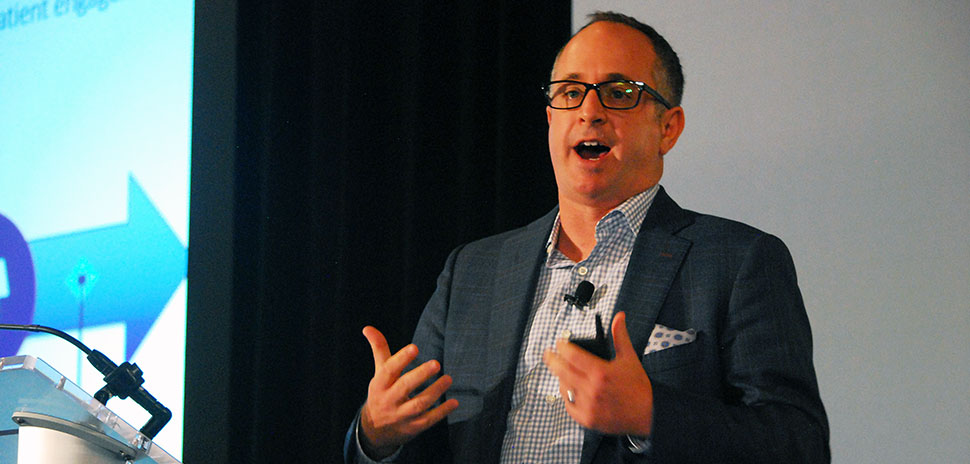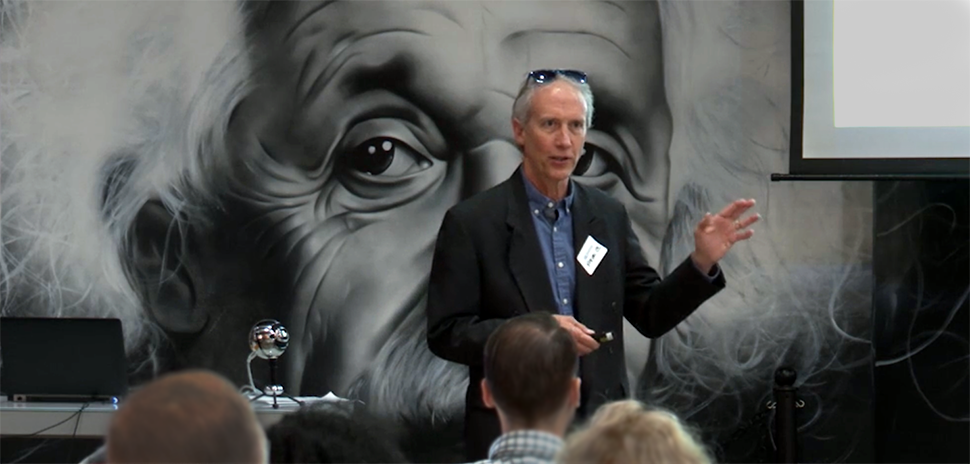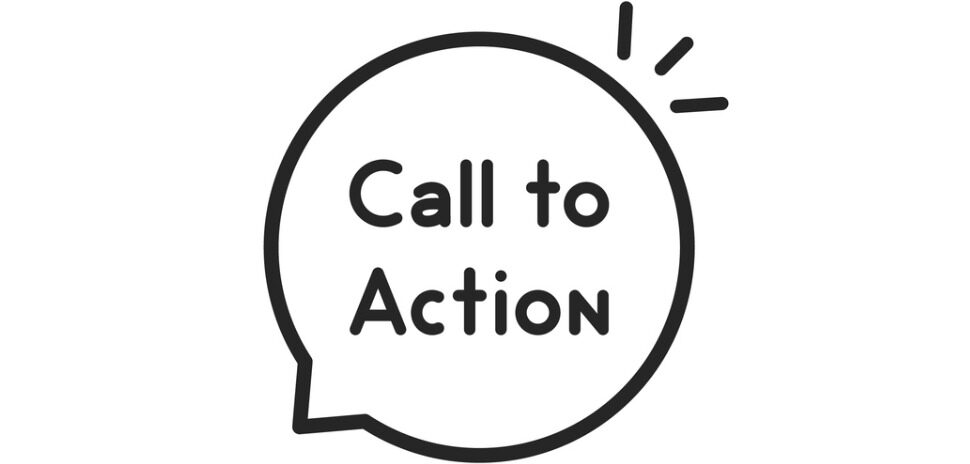Healthcare companies need to build an environment in which they engage with patients in a way that better involves the patient in their own care, Brian Holzer, CEO of Lacuna Health told attendees Wednesday at the Healthcare Dealmakers Conference at the Ritz-Carlton in Dallas.
And, that requires a human touch, he said.
Holzer was the innovation keynote speaker at the conference presented by the Polsinelli law firm.
“I just can’t get excited around bots and holograms and chatbots and Alexa solving things that require a human touch that are so far deeper than any machine is going to be able to do at least for the forseeable future,” Holzer said. “We want to create an engagement level that actually controls with them being involved in their own care.”
Holzer, who holds both an M.D. and an MBA, said that creating that kind of engagement is the opposite of the “laziness associated with thinking that technology and an app is going to solve everything under the sun,” he said.
Reaching patients with more than technology
There needs to be a realization that there needs to be more to the process, which includes the integration of services and technology to form platforms that actually can reach patients in a way in which they want to be reached.
He said it’s an issue that should be addressed now.
“And, if we don’t fix this, this is going to be your children, grandchildren up on stage talking to your grandchildren about the fact that this is still the case in the hospital,” Holzer said.
Holzer joined Louisville, Kentucky-based Lacuna Health a year ago as CEO. It’s an innovation company of Kindred Healthcare, and Holzer holds the title of president of Kindred Innovations.
Lacuna Health focuses on innovative patient-centered solutions, and its name comes from the Latin word for “gap” or “missing piece.”
The company’s aim is to fill the gaps in patient engagement and care management to deliver an integrated and positive patient experience.
Lacuna touts its clinical engagement model, for example, which is led by registered nurses. The model is intended to create more effective patient transitions, improve patient engagement, and reduce hospital readmissions within 30 days of a patient’s discharge.
![]()
Get on the list.
Dallas Innovates, every day.
Sign up to keep your eye on what’s new and next in Dallas-Fort Worth, every day.

































